International
Blinken urges calm on Taiwan in talks with China
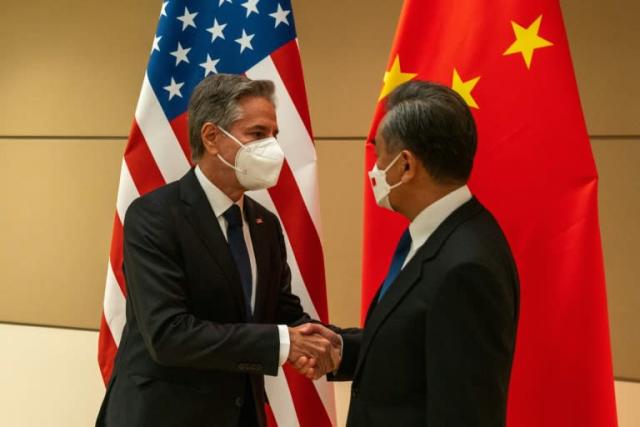
AFP | by Shaun Tandon and Nicolas Revise
US Secretary of State Antony Blinken called Friday for calm over Taiwan as he met his Chinese counterpart, as soaring tensions showed signs of easing a notch.
Blinken met for 90 minutes with Chinese Foreign Minister Wang Yi in New York on the sidelines of the UN General Assembly, in talks a US official described as “extremely candid” and focused largely on Taiwan.
Blinken “stressed that preserving peace and stability across the Taiwan Strait is critical to regional and global security and prosperity,” a State Department statement said.
He “discussed the need to maintain open lines of communication and responsibly manage the US-PRC relationship, especially during times of tension,” it added, using the acronym for the People’s Republic of China.
A State Department official described the exchange on Taiwan as “direct and honest.”
The official said Blinken also renewed US warnings not to support Russia’s invasion of Ukraine, amid guarded US hopes that Beijing is taking a distance from Moscow, nominally its ally.
Wang met in New York with Ukraine’s foreign minister for the first time since the war and, in a Security Council session Thursday, emphasized the need for a ceasefire rather than support for Russia.
Blinken, who went ahead with the talks despite the death of his father the previous day, met Wang for the first time since a sit-down in July in Bali, where both sides appeared optimistic for more stability.
One month later, House Speaker Nancy Pelosi visited Taiwan, infuriating Beijing, which staged exercises seen as a trial run for an invasion of the self-governing democracy, which it claims as its territory.
And in an interview aired Sunday, President Joe Biden said he was ready to intervene militarily if China uses force in Taiwan, once again deviating from decades of US ambiguity.
The US official said Blinken insisted to Wang that “there has been no change” to the US policy of only recognizing Beijing and voiced opposition to “unilateral changes to the status quo” by either side.
Taiwan the ‘biggest risk’
In a sign that tensions have eased, Wang also met in New York with US climate envoy John Kerry, despite China’s announcement after Pelosi’s visit that it was curbing cooperation on the issue, a key priority for Biden.
But in a speech before his talks with Blinken, Wang called Taiwan “the biggest risk in China-US relations” and accused the United States of stoking pro-independence forces.
“Taiwan independence is like a highly disruptive great rhinoceros charging toward us. It must be stopped resolutely,” he said at the Asia Society think tank.
“Just as the US will not allow Hawaii to be stripped away, China has the right to uphold the unification of the country,” he said.
He denounced the US decision to “allow” the Taiwan visit by Pelosi, who is second in line to the presidency after the vice president. The Biden administration, while privately concerned about her trip, noted that Congress is a separate branch of government.
But Wang was conciliatory toward Biden. The New York talks are expected to lay the groundwork for a first meeting between Biden and President Xi Jinping since they became their two countries’ leaders, likely in Bali in November on the sidelines of a summit of the Group of 20 economic powers.
Wang said that both Biden and Xi seek to “make the China-US relationship work” and to “steer clear of conflict and confrontation.”
The US Congress is a stronghold of support for Taiwan, a vibrant democracy and major technological power.
Last week, a Senate committee took a first step to providing billions of dollars in weapons directly to Taiwan to deter China, a ramp-up from decades of only selling weapons requested by Taipei.
Tensions have also risen over human rights, with the United States accusing the communist state of carrying out genocide against the mostly Muslim Uyghur people.
Central America
Mexico and Guatemala launch joint security operation after Agua Zarca border attack
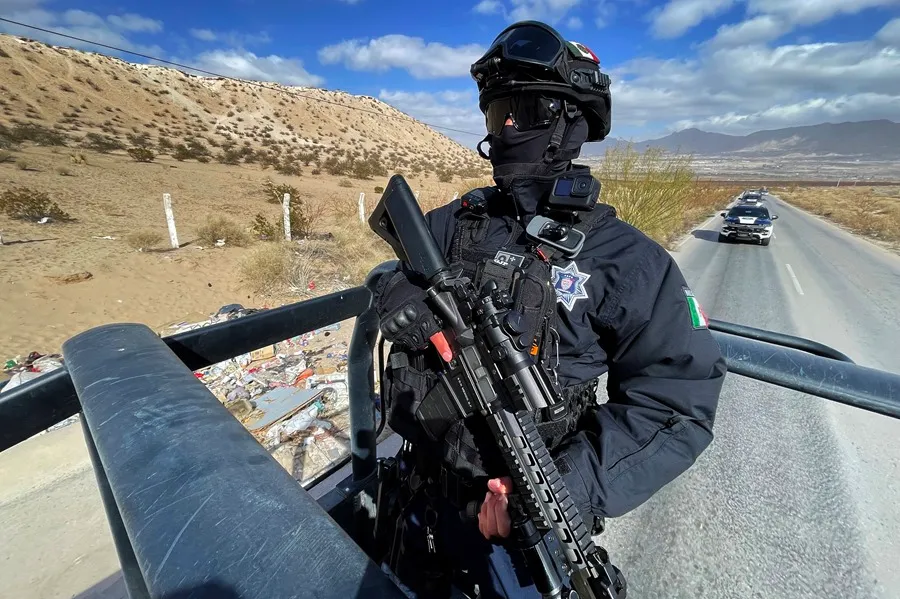
The Government of Mexico announced on Tuesday that it has strengthened coordination with Guatemala following an armed confrontation in the community of Agua Zarca, in Guatemala’s Huehuetenango department, where a soldier was wounded in an attack attributed to organized-crime groups operating on both sides of the border.
The Secretary of Security and Citizen Protection, Omar García Harfuch, confirmed that Mexico is exchanging information with Guatemalan authorities and that Mexican Army units have been deployed along the border to reinforce surveillance and assist in reconnaissance operations.
The attack, Guatemala’s Defense Ministry stated, reflects the “criminal dynamics” dominating that border region, where different groups compete for drug and arms trafficking routes.
According to Guatemala’s Defense Ministry, the clash left a soldier wounded in the leg after suspected criminals crossed from Mexico and opened fire. The wounded soldier is reportedly in stable condition. Authorities also seized high-caliber weapons, explosives, tactical gear and drones, which were handed over for forensic analysis.
Mexican Defense Secretary General Ricardo Trevilla Trejo announced that a coordinated plan of operations will be launched involving both Mexican and Guatemalan forces along the border to counter these criminal networks.
Harfuch emphasized that the violence is not isolated but symptomatic of the ongoing struggle between criminal organizations for territorial control, and reiterated Mexico’s commitment to bilateral security cooperation and its intention to strengthen institutional presence in vulnerable border zones.
International
Zelensky meets Pope Leo XIV as review of U.S. peace plan continues
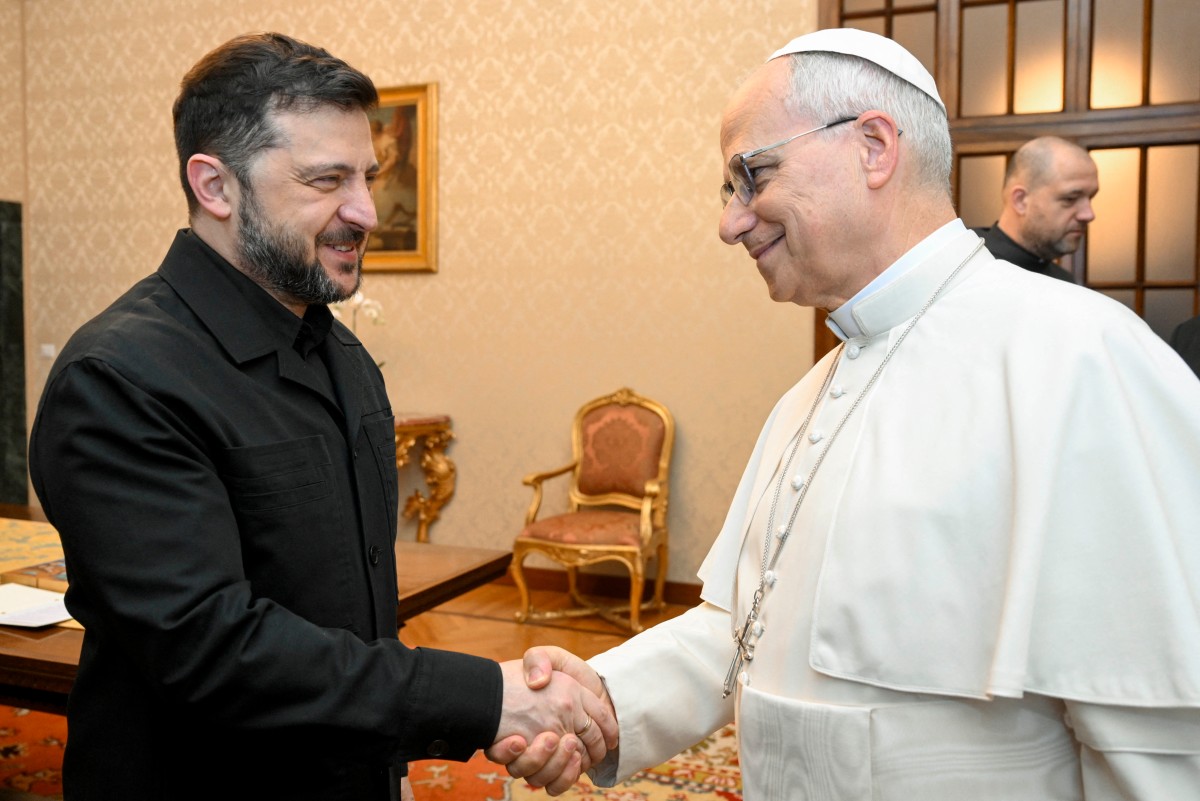
Ukrainian President Volodymyr Zelensky met on Tuesday with Pope Leo XIV in Italy, after pledging to deliver a response to the United States regarding the proposed peace plan aimed at ending the war with Russia.
The meeting with the pontiff took place at the papal residence in Castel Gandolfo, near Rome, where Leo XIV “reiterated the need to continue dialogue and renewed his urgent hope that the ongoing diplomatic initiatives may lead to a just and lasting peace,” the Vatican said in a statement.
His visit to Italy follows Monday’s meetings with European leaders in London and Brussels, amid pressure from U.S. President Donald Trump to agree to a peace plan that Zelensky said he is still reviewing.
According to Zelensky, the plan presented by Washington—originally consisting of 28 points—was reduced to 20 after discussions between Ukrainian and U.S. representatives over the weekend. “We are going to work on those 20 points. We are not completely satisfied with the proposals from our partners,” Zelensky said during an online press conference on Monday.
International
Japan lifts tsunami alert after strong 7.6-magnitude earthquake hits northern coast
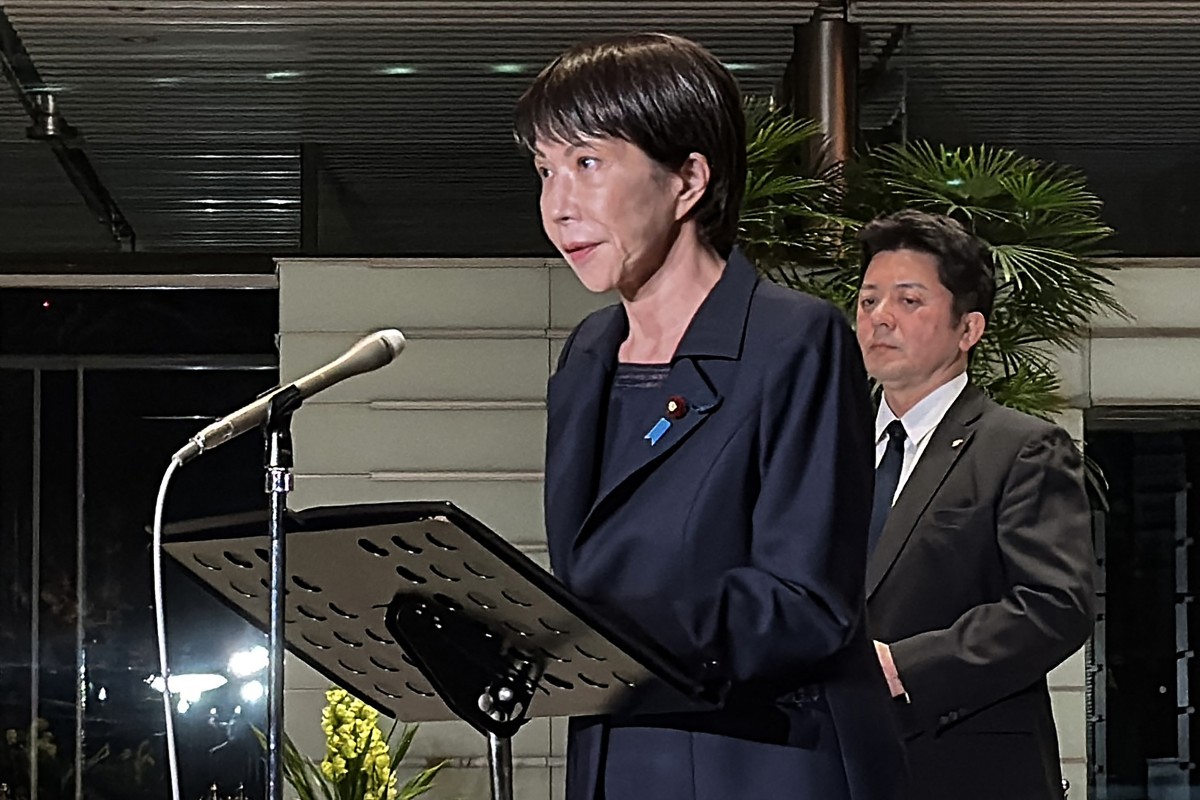
A powerful 7.6-magnitude earthquake struck Japan’s northern coast on Monday, triggering several tsunami waves of up to 70 centimeters, authorities said. The tsunami alert was lifted in the early hours of Tuesday.
According to the U.S. Geological Survey (USGS), the quake occurred at 11:15 p.m. local time (14:15 GMT) off the coast of Misawa, at a depth of 53 kilometers. Japan’s Meteorological Agency (JMA) immediately issued a tsunami warning. The first wave reached a port in Aomori Prefecture at 11:43 p.m. (14:43 GMT), followed by others measuring up to 70 centimeters.
Public broadcaster NHK reported that an employee at a hotel in the city of Hachinohe confirmed that several people were injured. Live footage showed shattered glass scattered across roads, while many residents evacuated to the city hall seeking shelter.
The strong tremor was also felt in Sapporo, where emergency alerts were sent to residents’ mobile phones. A reporter in Hokkaido described a horizontal shaking that lasted around 30 seconds, making it difficult to stay standing.
Before the alert was lifted, the JMA had warned of the possibility of tsunami waves up to three meters high along Japan’s Pacific coast. Government spokesperson Minoru Kihara urged residents to remain in safe areas until the warning was officially lifted.
-
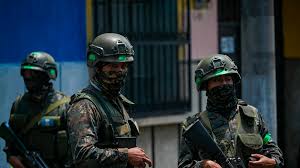
 Central America2 days ago
Central America2 days agoGuatemalan soldier wounded in clash with suspected mexican armed group near border
-
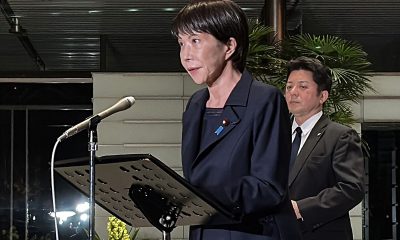
 International2 days ago
International2 days agoJapan lifts tsunami alert after strong 7.6-magnitude earthquake hits northern coast
-
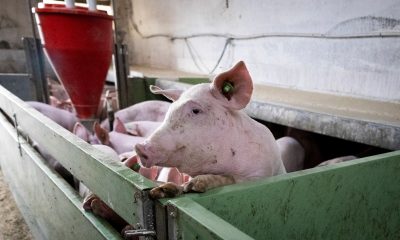
 International4 days ago
International4 days agoFive laboratories investigated in Spain over possible African Swine Fever leak
-

 Central America4 days ago
Central America4 days agoHonduras vote vount drags on as Asfura and Nasralla remain in technical tie
-
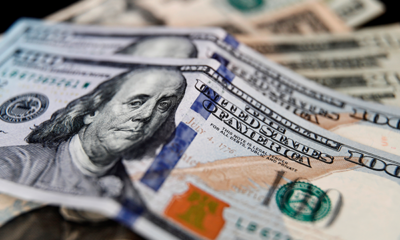
 Central America2 days ago
Central America2 days agoGuatemala reverses asset seizures after judge replacement, benefiting ex-president and former ministers
-
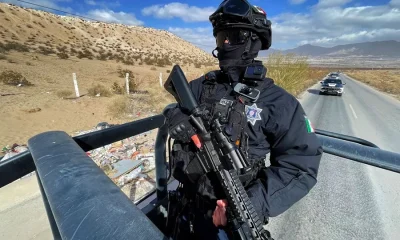
 Central America18 hours ago
Central America18 hours agoMexico and Guatemala launch joint security operation after Agua Zarca border attack
-
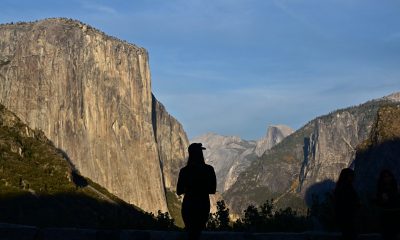
 International2 days ago
International2 days agoInterior Dept. redefines 2026 Patriotic Days, sparking criticism over removed civil rights holidays
-

 Central America18 hours ago
Central America18 hours agoHonduran University: Nullifying elections without proof of fraud undermines popular sovereignty
-

 Central America18 hours ago
Central America18 hours agoCNA director says Libre’s defeat stems from “lack of substance,” not messaging
-
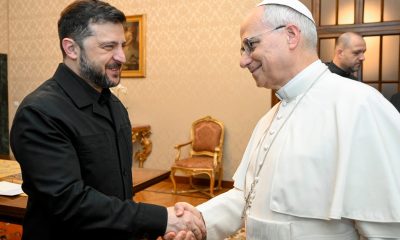
 International18 hours ago
International18 hours agoZelensky meets Pope Leo XIV as review of U.S. peace plan continues


























